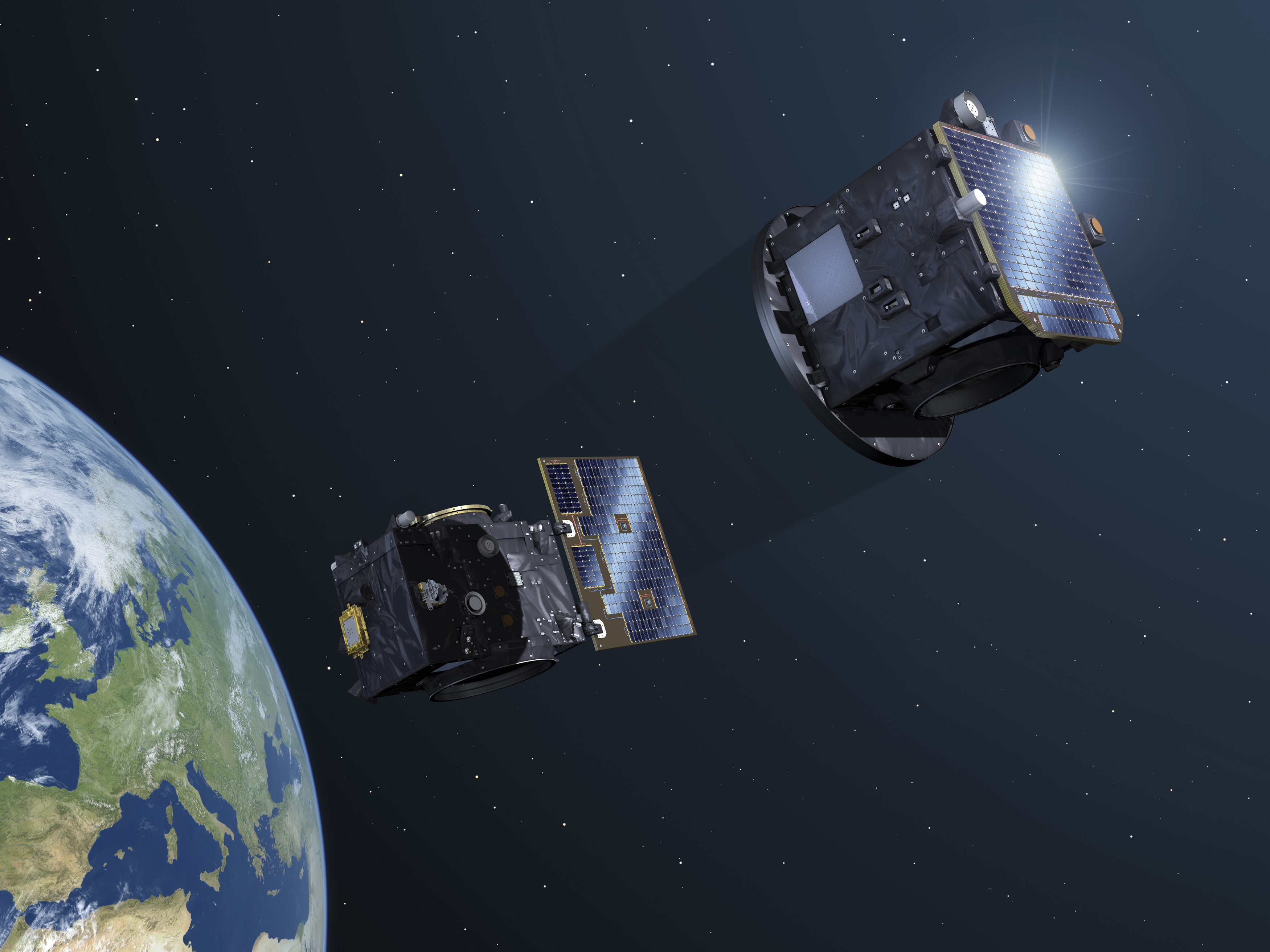Launch of Proba-3 on December 4
ASPIICS onboard Proba-3 – Belgian research in the shadow of a satellite
Proba-3 is the latest ESA mission to be launched on December 4, 2024. Proba-3 consists of not one, but two satellites that will fly in precise formation around the Earth. One satellite will cast a shadow onto the other during 6 hours of the orbit, allowing the latter to [...]







